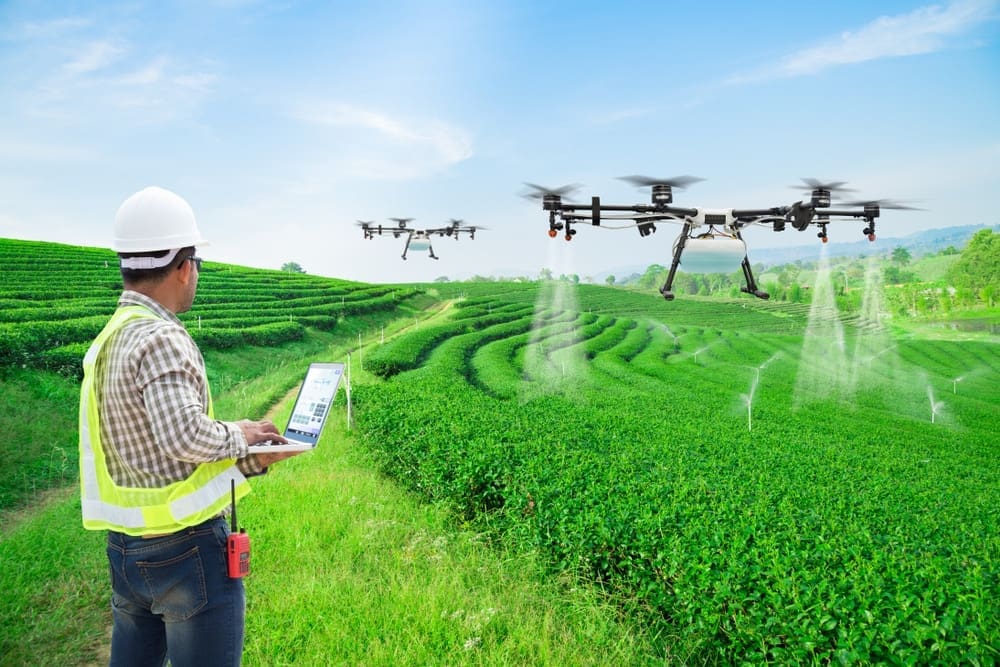Nearly a billion people affected by hunger and malnutrition ought to have access to nutritious food as a basic human right according to latest reports. A majority of the 795 million undernourished population live in developing countries and rural areas.
In fact, that the United Nations (UN) SDG2 – Food Security and nutrition and sustainable Agriculture states that as the world population keeps growing, much more effort and innovation will be urgently needed to sustainably increase agricultural production, improve the global supply chain, decrease food losses and waste.
Adding to the burden of wide-spread hunger are challenges of climate change, an increase in the urbanization of the global population as well as changing demand for food.
Encouraging is that many in the international community believe it is possible to eradicate hunger within the next generation. And those are people increasingly working together to achieve such a goal.
Broadband has a critical role to play in the accelerated multiplier effect and the delivery of Department of Agriculture Forestry and Fisheries (DAFF’s) strategic goals of which food security is central and technology is ready to play a vital role in enabling and extending an ecosystem of all the value chain players within the agriculture sector.

Assistance is available, through technology and or broadband, to create and co-ordinate the agricultural value chain linkages. The government can be supported, through a platform that can enable the registry and interaction of all participants in the Agricultural Value Chain. The functionality of this platform can be the enablement of subsistence farmer development and providing access to innovation.
Additionally, she says the platform would drive ease of access to demand, supply, and funding. The internet allows for ease of data collection, can up direct-to-consumer sales, increase efficiency; provide access to news, trends, markets, and save time and costs.
Furthermore, increased use of broadband and technology can add to major strides made by DAFF in the development of the West Rand, Springbokspan, Witzenberg, Ncora, and Enkangala AgriParks. These are aimed at stimulating the economic activity of subsistence farmers.
Broadband, technology and the internet ought to feature prominently in the South African National Development Plan (NDP).
Among others, the NDP points to the potential of agriculture in creating close to 1 million new jobs by 2030. The NDP identifies the agriculture value chain as one of the job drivers for growth.
On the other hand, the New Growth Path (NGP) is a national policy broadly aimed at unblocking private investment to address systematic blockages to employment-creating growth. The blockages include the regulatory framework, infrastructure, and skills. Most of which may be addressed through access to and use of broadband, the internet, and technology.
Ensuring a viable ecosystem and the co-ordination of resources is necessary, from all interested and affected parties to guarantee the eradication of hunger and food security threats.
Generally, the constraint to Broadband rollout is the cost of the infrastructure, notwithstanding the benefits that can be gained from the investment.
We need to explore alternative commercial models that can help achieve this objective and with a long – term objective in mind. Join us, as we bring together various stakeholders to explore commercial and collaboration models that can best serve this industry.
- Phumza Dyani is Chief Sales & Marketing Officer at Broadband Infraco

1 Comment
Pingback: The Importance of Broadband in Enabling Ecosystems that Contribute to Sustainable Agriculture - Broadband Infraco SOC